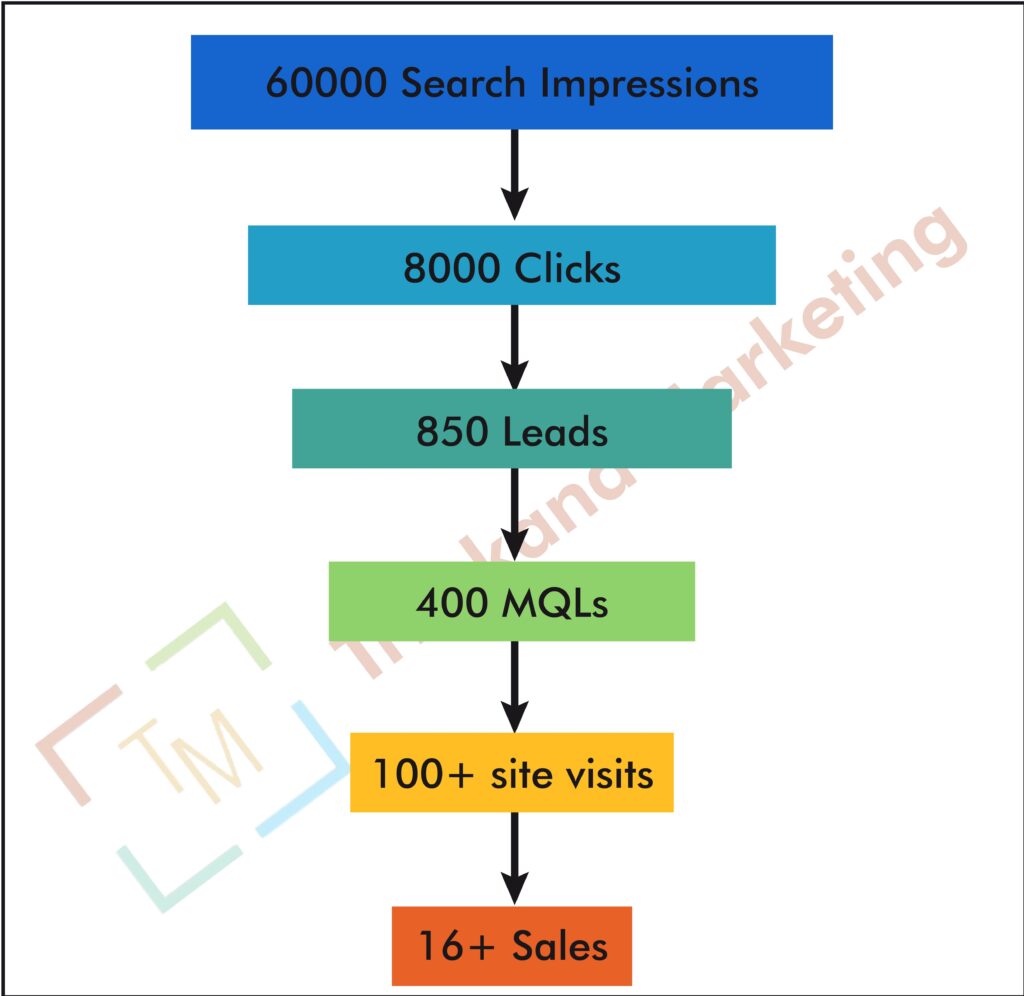The Importance of an SEO Audit
“An SEO audit is your roadmap to online success—discovering and fixing issues can transform your site’s performance.”
An SEO audit is a crucial process that involves evaluating various aspects of your website to identify and resolve issues affecting its search engine performance. Conducting a thorough audit helps improve your site’s visibility, user experience, and overall SEO strategy. This guide will walk you through the essential steps to perform a comprehensive SEO audit and optimize your website for better results.
-
Understanding the Basics of an SEO Audit
“An SEO audit covers multiple facets of your website—understanding each component helps in addressing issues effectively.”
An SEO audit involves analyzing different elements of your website to assess its health and performance in search engine rankings. It encompasses both on-page and off-page factors, technical aspects, and content quality to provide a holistic view of your site’s SEO status.
Key Components:
- On-Page SEO: Elements like keywords, meta tags, and content optimization.
- Technical SEO: Site speed, mobile-friendliness, and crawlability.
- Off-Page SEO: Backlinks, social signals, and domain authority.
- Content Quality: Relevance, engagement, and freshness of content.
Techniques to Implement:
- Define Audit Scope: Determine the areas to focus on based on your goals and existing issues.
- Use SEO Tools: Leverage tools like Google Search Console, SEMrush, and Ahrefs for data and insights.
-
Crawl Your Website
“Crawling your site helps identify technical issues—start with a thorough scan to uncover potential problems.”
Crawling your website is the first step in an SEO audit, allowing you to analyze your site’s structure and identify technical issues that may affect search engine visibility. Use crawling tools to generate a detailed report of your site’s performance.
Key Strategies:
- Select a Crawling Tool: Use tools like Screaming Frog or Sitebulb to crawl your website.
- Analyze Crawl Report: Review the report to identify issues such as broken links, duplicate content, and missing meta tags.
Techniques to Implement:
- Generate Crawl Report: Run a full-site crawl to collect data on various technical aspects.
- Prioritize Issues: Focus on critical issues that impact site performance and user experience.
-
Analyze On-Page SEO Factors
“On-page SEO elements impact your site’s visibility—review and optimize each component for better results.”
On-page SEO involves optimizing individual pages to improve their relevance and ranking. Analyzing these factors helps ensure that each page is optimized for search engines and user engagement.
Key Elements:
- Title Tags and Meta Descriptions: Ensure they are unique, descriptive, and include relevant keywords.
- Header Tags: Use H1, H2, and H3 tags to structure content and include keywords.
- Content Quality: Evaluate content for relevance, readability, and keyword usage.
- Internal Linking: Check for effective internal linking to support navigation and distribute page authority.
Techniques to Implement:
- Review and Edit Meta Tags: Update title tags and meta descriptions to align with best practices.
- Optimize Headers: Use headers to break up content and incorporate target keywords.
- Enhance Content: Improve content quality and relevance based on keyword research and user intent.
-
Evaluate Technical SEO Aspects
“Technical SEO ensures your site’s infrastructure supports effective crawling and indexing—address technical issues for optimal performance.”
Technical SEO involves optimizing your site’s infrastructure to ensure it meets search engine standards and provides a seamless user experience. Evaluating these aspects helps identify issues that may hinder search engine performance.
Key Factors:
- Site Speed: Analyze and improve page load times for better user experience.
- Mobile-Friendliness: Ensure your site is responsive and performs well on mobile devices.
- XML Sitemap: Verify that your XML sitemap is up-to-date and correctly submitted to search engines.
- Robots.txt File: Check for proper configuration of the robots.txt file to control search engine crawling.
Techniques to Implement:
- Run Speed Tests: Use tools like Google PageSpeed Insights to identify and address performance issues.
- Test Mobile Usability: Ensure your site is mobile-friendly using Google’s Mobile-Friendly Test.
- Update Sitemaps: Review and update your XML sitemap to reflect the latest site structure.
-
Assess Backlink Profile
“Backlinks influence your site’s authority—evaluate your backlink profile to enhance credibility and SEO performance.”
Backlinks play a significant role in SEO, impacting your site’s authority and rankings. Analyzing your backlink profile helps identify opportunities to build high-quality links and address any harmful links.
Key Strategies:
- Review Backlink Quality: Use tools like Ahrefs or Moz to assess the quality and relevance of your backlinks.
- Identify Toxic Links: Detect and disavow any harmful or low-quality links that could negatively impact your SEO.
- Build New Links: Develop a strategy to acquire high-quality backlinks from authoritative sites.
Techniques to Implement:
- Analyze Backlink Data: Review backlink reports to identify strengths and weaknesses.
- Disavow Harmful Links: Use Google’s Disavow Tool to manage harmful backlinks.
-
Check for Duplicate Content
“Duplicate content can harm SEO—identify and resolve duplicate issues to improve your site’s search engine rankings.”
Duplicate content occurs when identical or similar content appears on multiple pages or sites. Addressing duplicate content issues is crucial for maintaining SEO integrity and avoiding potential penalties.
Key Strategies:
- Use Plagiarism Checkers: Employ tools like Copyscape or Siteliner to detect duplicate content.
- Implement Canonical Tags: Use canonical tags to indicate the preferred version of duplicate content.
- Consolidate or Remove Duplicates: Merge similar pages or remove unnecessary duplicates to avoid confusion.
Techniques to Implement:
- Run Duplicate Content Analysis: Identify and address duplicate content issues using analysis tools.
- Apply Canonical Tags: Add canonical tags to duplicate pages to specify the original content.
-
Review User Experience (UX) Factors
“A positive user experience supports better SEO—evaluate and improve UX to enhance site engagement and performance.”
User experience (UX) is a critical factor in SEO. A well-designed, user-friendly website improves engagement, reduces bounce rates, and contributes to better search engine rankings.
Key Factors:
- Site Navigation: Ensure your site is easy to navigate and users can find information quickly.
- Content Readability: Use clear, concise language and formatting to enhance content readability.
- Interactive Elements: Include interactive features such as forms, buttons, and multimedia to engage users.
Techniques to Implement:
- Conduct UX Testing: Use tools like Hotjar or Crazy Egg to analyze user behavior and identify areas for improvement.
- Optimize Design Elements: Enhance site navigation, readability, and interactive features based on UX feedback.
-
Monitor Analytics and Performance
“Analytics provide insights into your site’s performance—track key metrics to measure SEO success and identify areas for improvement.”
Monitoring your website’s performance through analytics is essential for understanding how well your SEO efforts are paying off and identifying areas that need improvement.
Key Metrics to Track:
- Organic Traffic: Measure the volume of organic traffic and analyze its sources.
- Bounce Rate: Monitor bounce rates to assess user engagement and content relevance.
- Conversion Rates: Evaluate conversion rates to determine the effectiveness of your site in achieving business goals.
Techniques to Implement:
- Set Up Analytics Tools: Use Google Analytics and Google Search Console to track and analyze performance metrics.
- Review Data Regularly: Regularly review analytics data to identify trends and areas for optimization.
-
Implement and Track Changes
“Implementing audit recommendations is key—make changes and track their impact to continuously improve your SEO performance.”
After completing your SEO audit, implementing the recommended changes and monitoring their impact is crucial for achieving long-term SEO success. Tracking the results helps ensure that your efforts are effective and provides insights for future improvements.
Key Strategies:
- Prioritize Changes: Focus on implementing high-impact changes first to address critical issues.
- Monitor Results: Track the impact of changes using analytics tools to measure improvements and adjust strategies as needed.
Techniques to Implement:
- Create an Action Plan: Develop a detailed action plan to implement audit recommendations.
- Track and Evaluate Impact: Use analytics tools to monitor the impact of changes and refine your SEO strategy.
-
Stay Updated with SEO Best Practices
“SEO is an ever-evolving field—stay informed about the latest best practices to keep your site competitive and effective.”
SEO best practices are continually evolving, and staying updated with the latest trends and techniques ensures that your SEO strategy remains effective and competitive. Embrace ongoing learning and adapt to changes to maintain and improve your site’s performance.
Key Strategies:
- Follow Industry News: Subscribe to SEO blogs, forums, and newsletters to stay informed about updates and best practices.
- Participate in Professional Development: Attend webinars, conferences, and workshops to gain insights from industry experts.
Techniques to Implement:
- Subscribe to SEO Resources: Stay updated with authoritative sources and industry leaders.
- Invest in Ongoing Learning: Pursue continuous education to keep your SEO knowledge and strategies current.
Conclusion: Conducting a thorough SEO audit is essential for identifying and addressing issues that impact your website’s search engine performance. By evaluating on-page, technical, and off-page factors, you can uncover opportunities to optimize your site, improve user experience, and boost search engine rankings.
Recap of Key Steps:
- Crawl Your Website: Identify technical issues and analyze your site’s structure.
- Analyze On-Page SEO: Optimize title tags, meta descriptions, headers, and content quality.
- Evaluate Technical SEO: Address site speed, mobile-friendliness, and technical issues.
- Assess Backlink Profile: Review the quality and relevance of your backlinks.
- Check for Duplicate Content: Resolve duplicate content issues to maintain SEO integrity.
- Review User Experience: Enhance site navigation, readability, and interactive elements.
- Monitor Analytics and Performance: Track key metrics to measure SEO success.
- Implement and Track Changes: Apply audit recommendations and monitor their impact.
- Stay Updated with SEO Best Practices: Continuously adapt to the latest trends and techniques.
Ongoing Effort: SEO is not a one-time task but an ongoing process. Regular audits and updates ensure that your website remains optimized and competitive in the ever-evolving digital landscape.
Action Plan: Use the insights gained from your SEO audit to create a detailed action plan. Prioritize changes based on their potential impact and implement them systematically. Continuously monitor performance and adjust your strategy as needed to achieve long-term success.
By mastering the art of SEO auditing, you position your website for improved visibility, higher rankings, and greater success in the digital world. Embrace these strategies, stay informed about industry trends, and watch your site thrive in search engine results.



